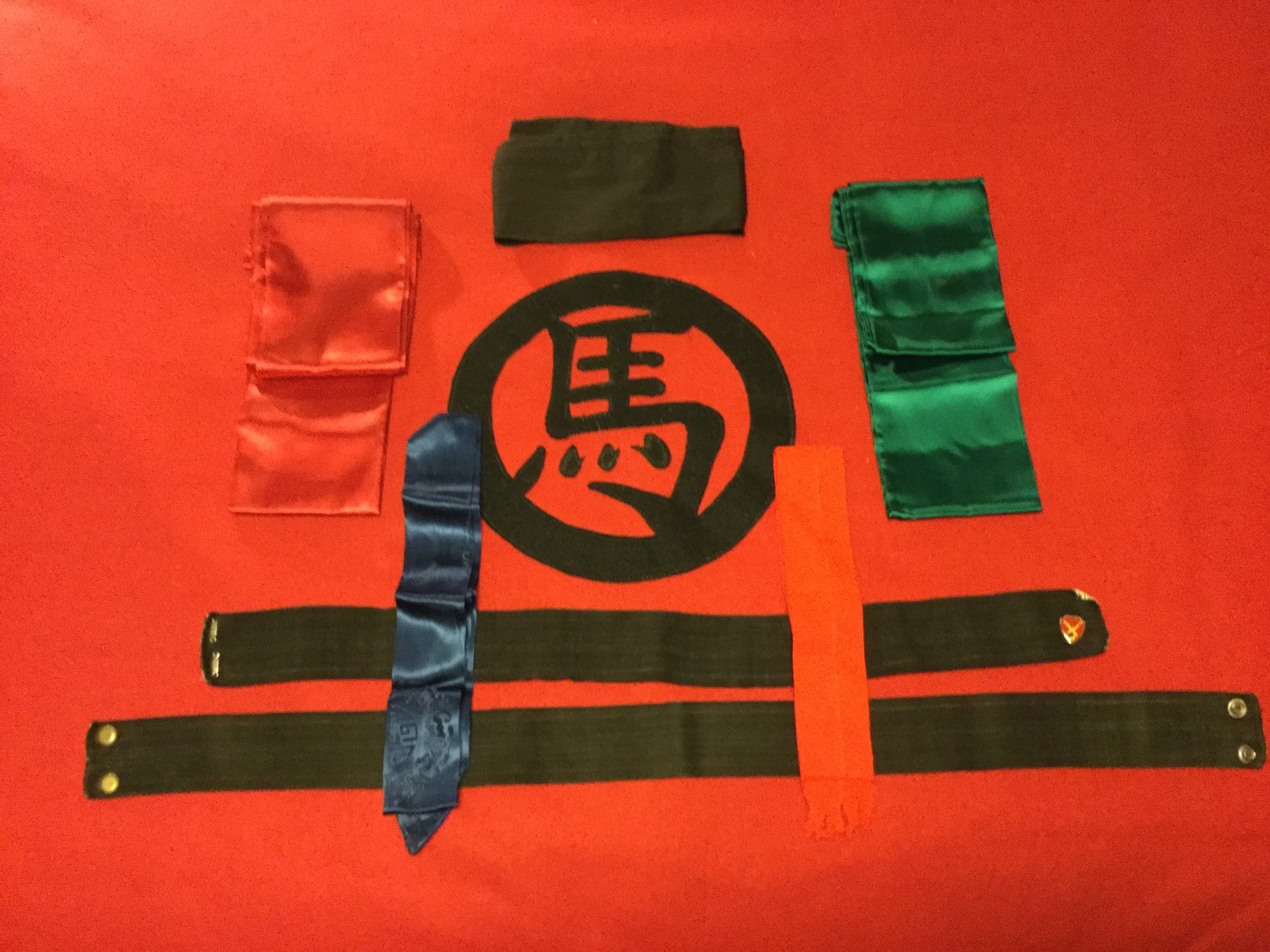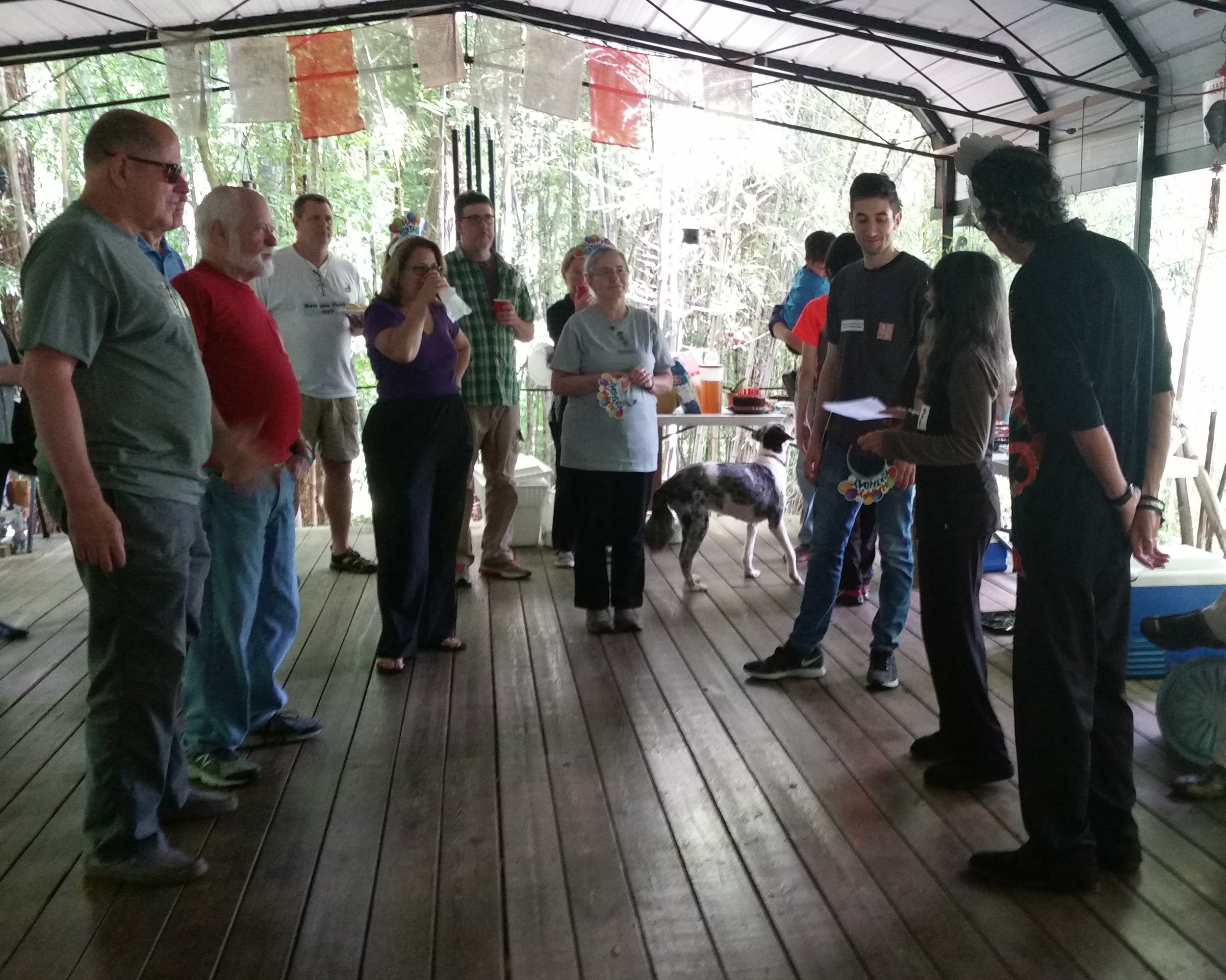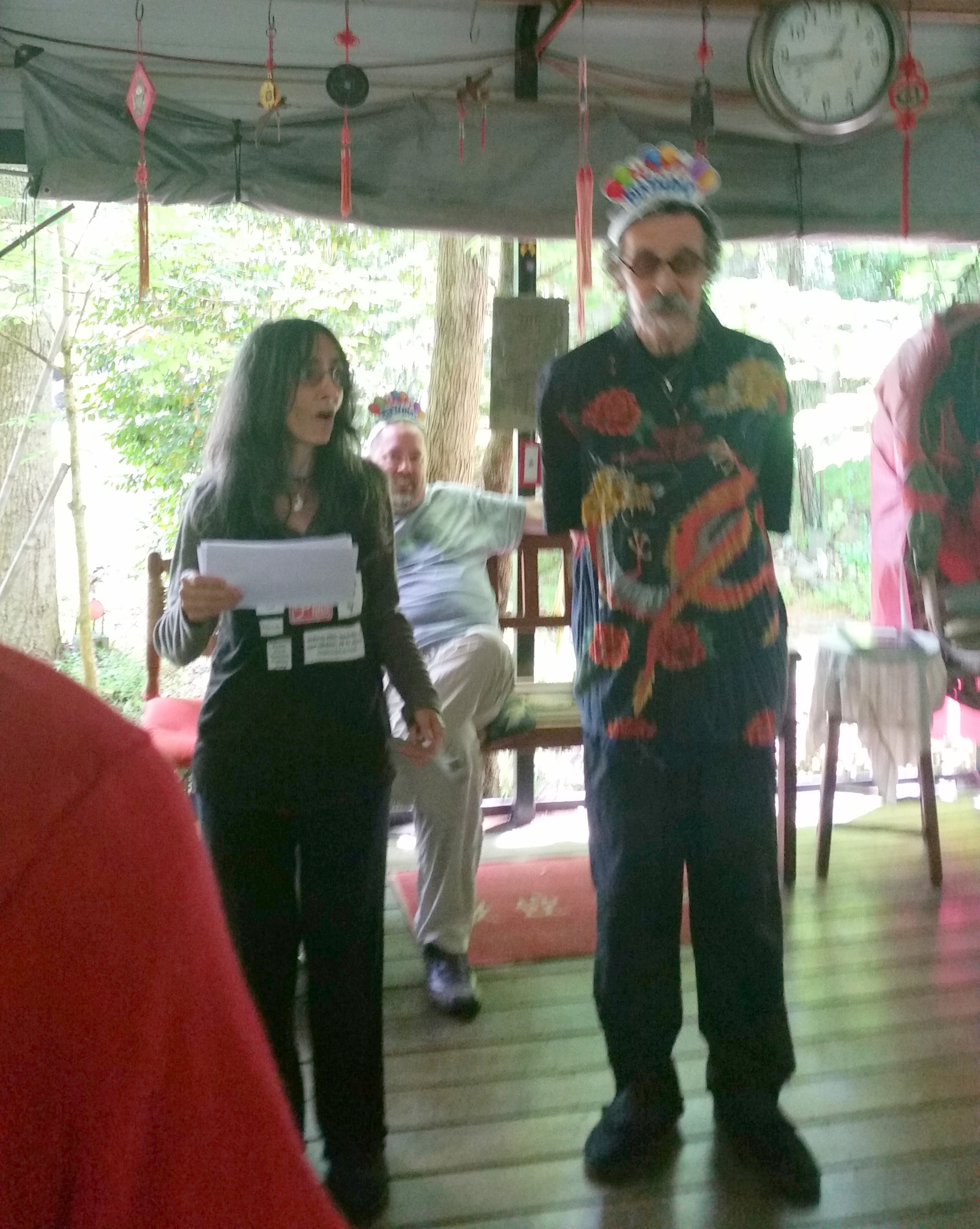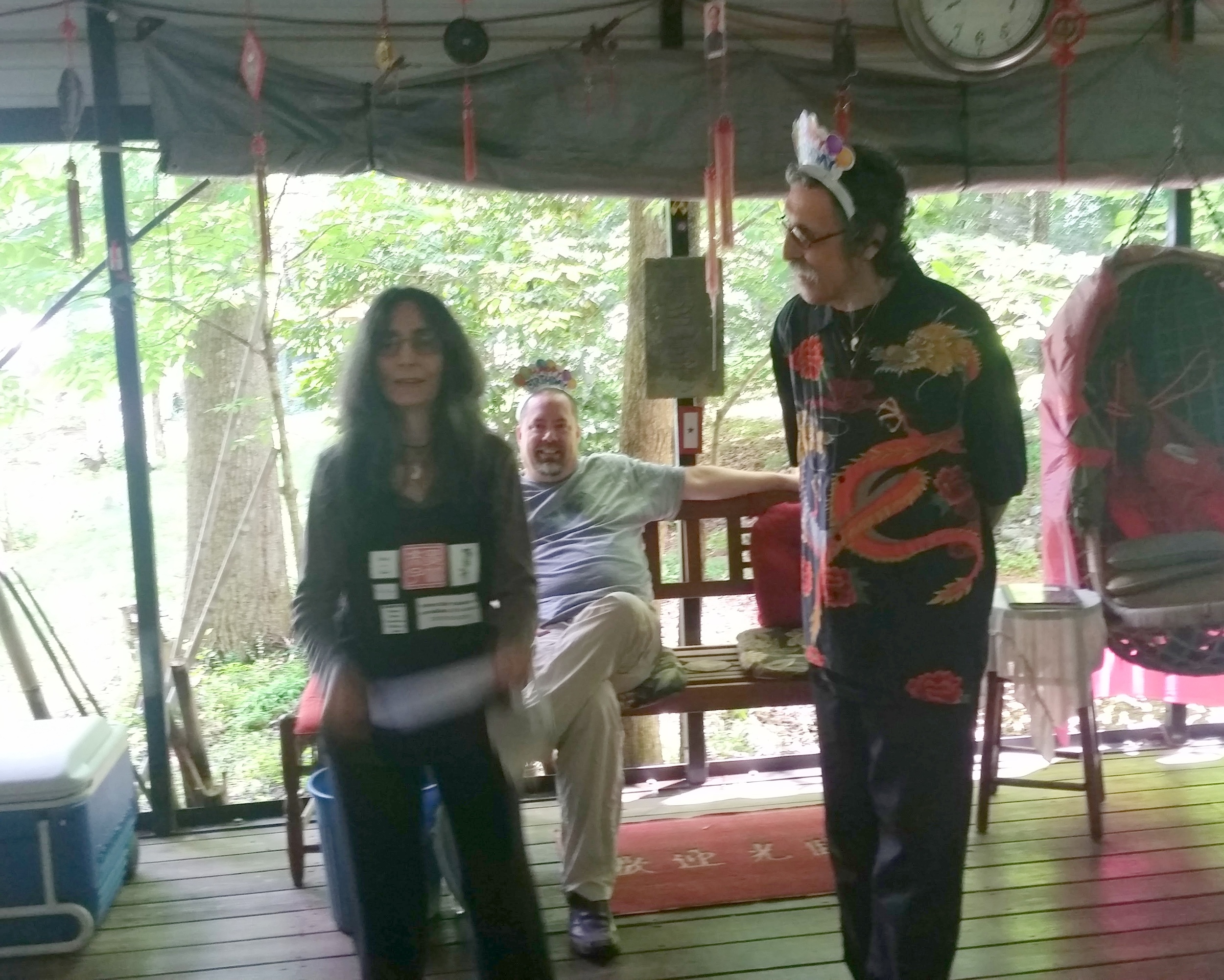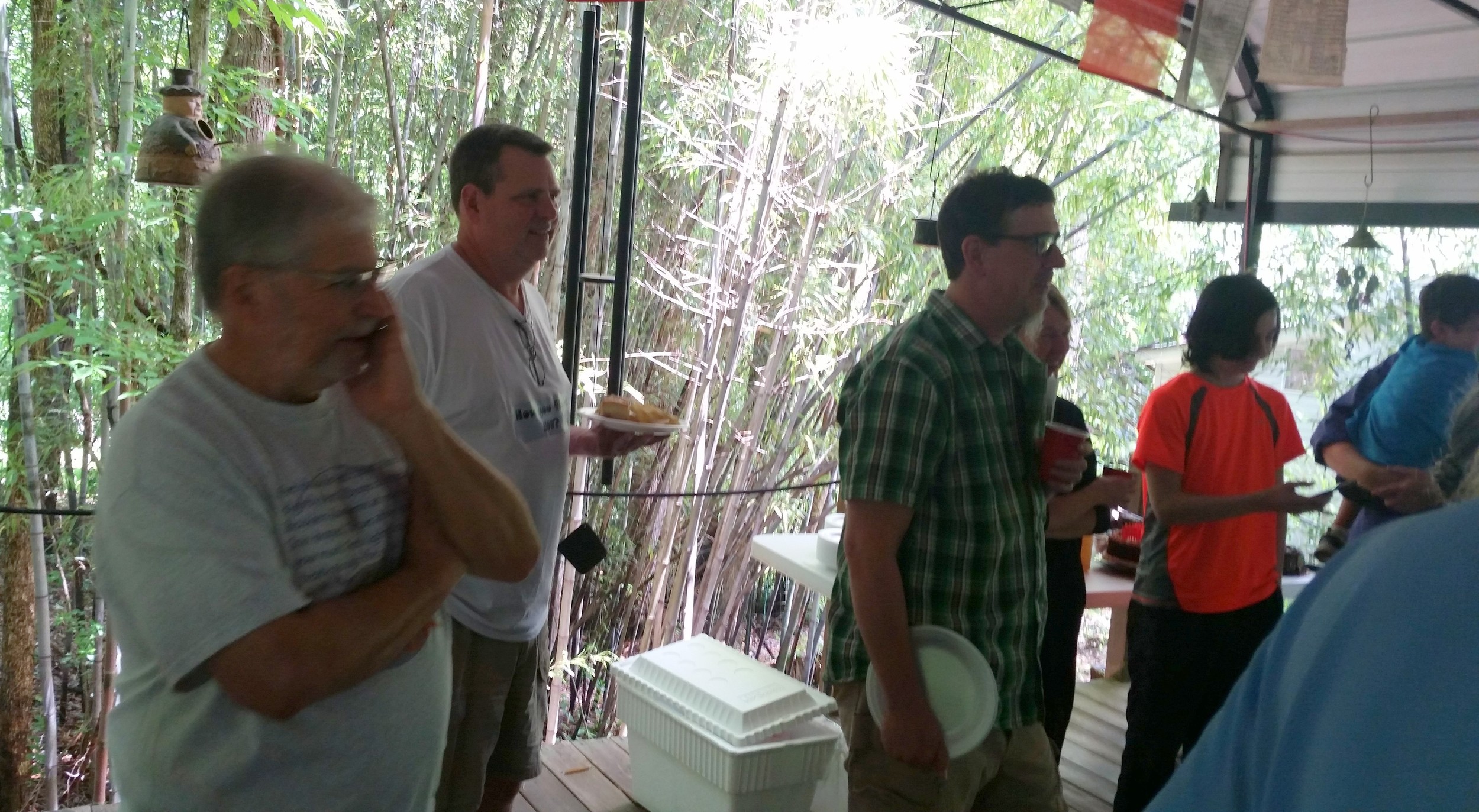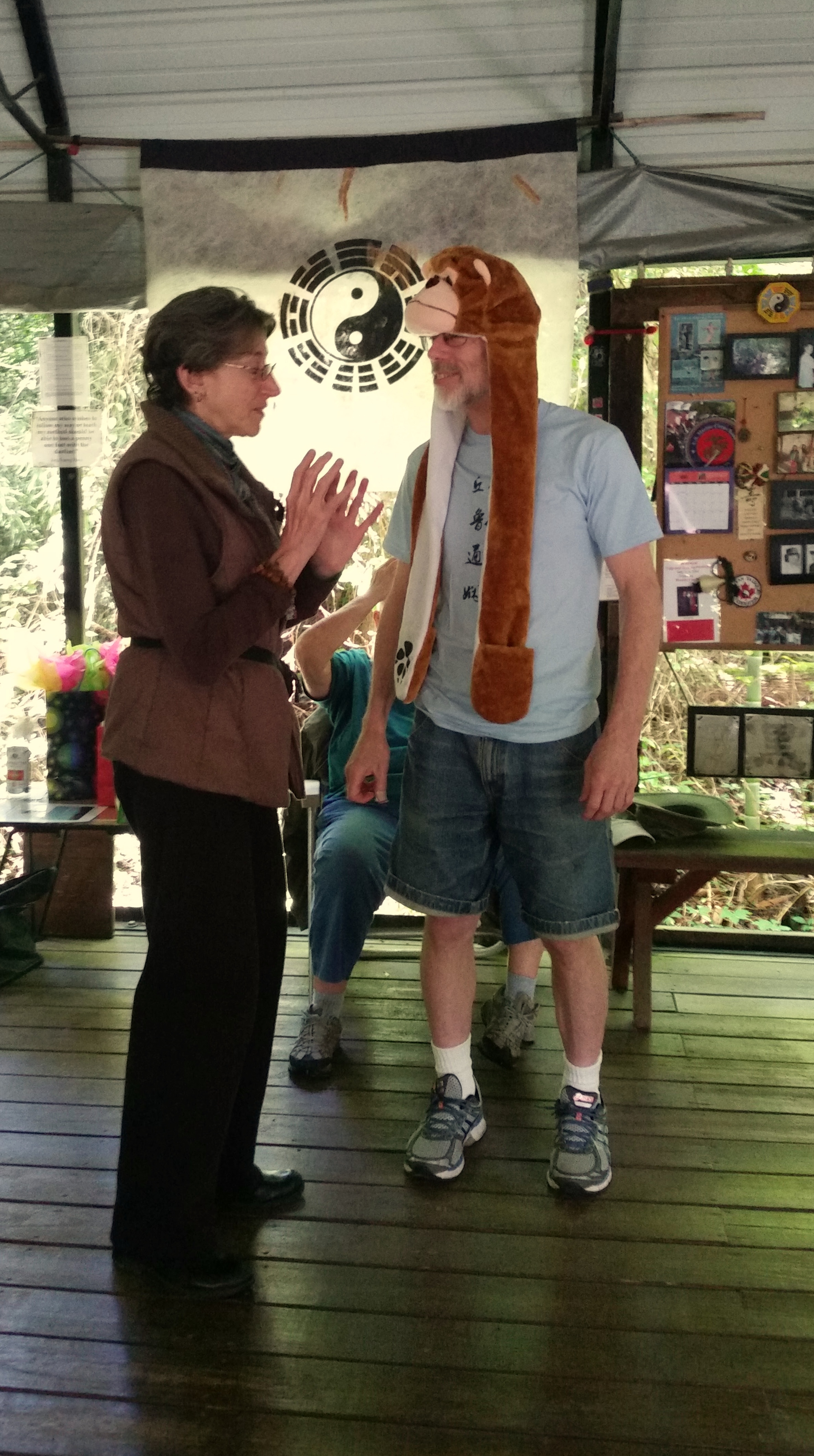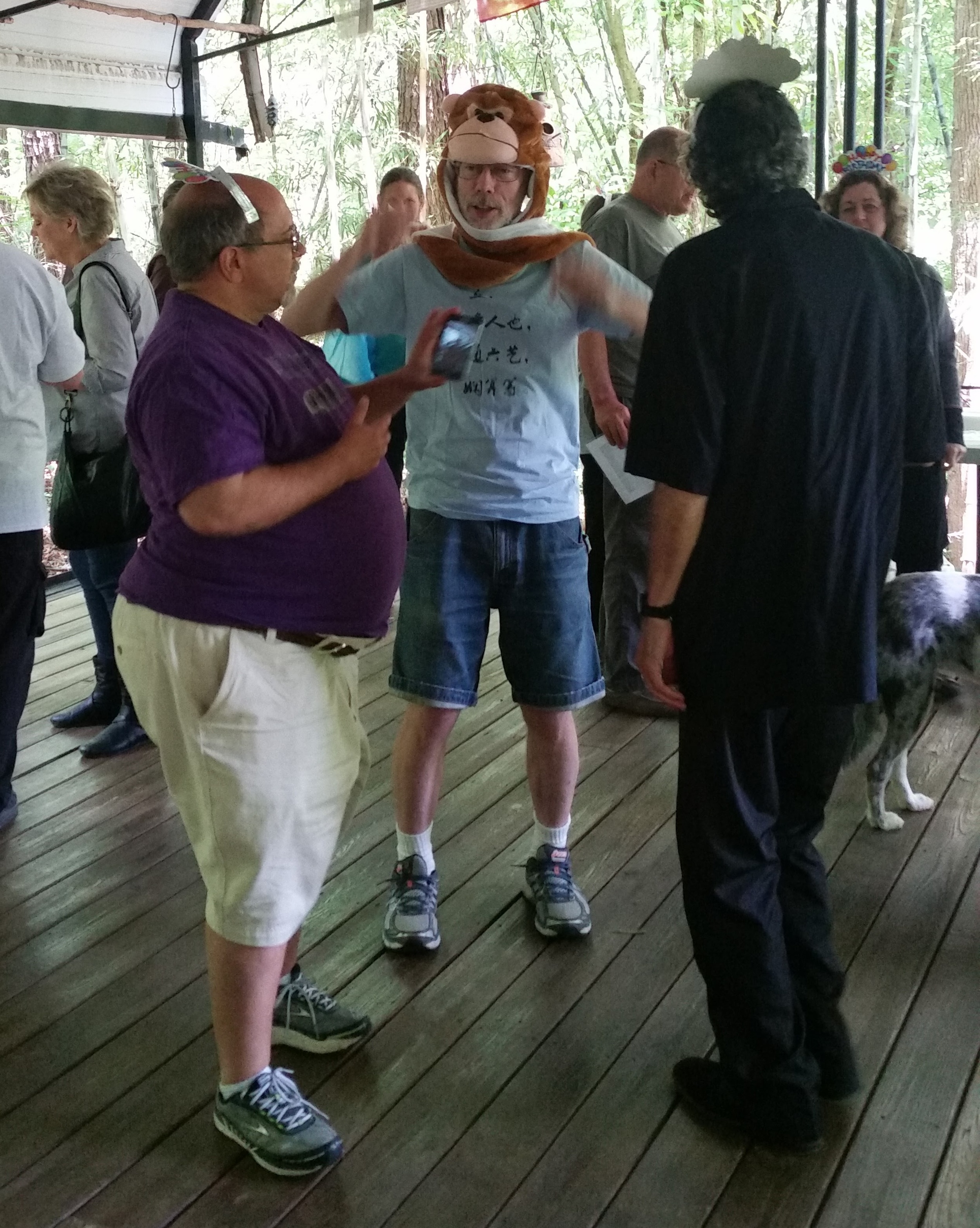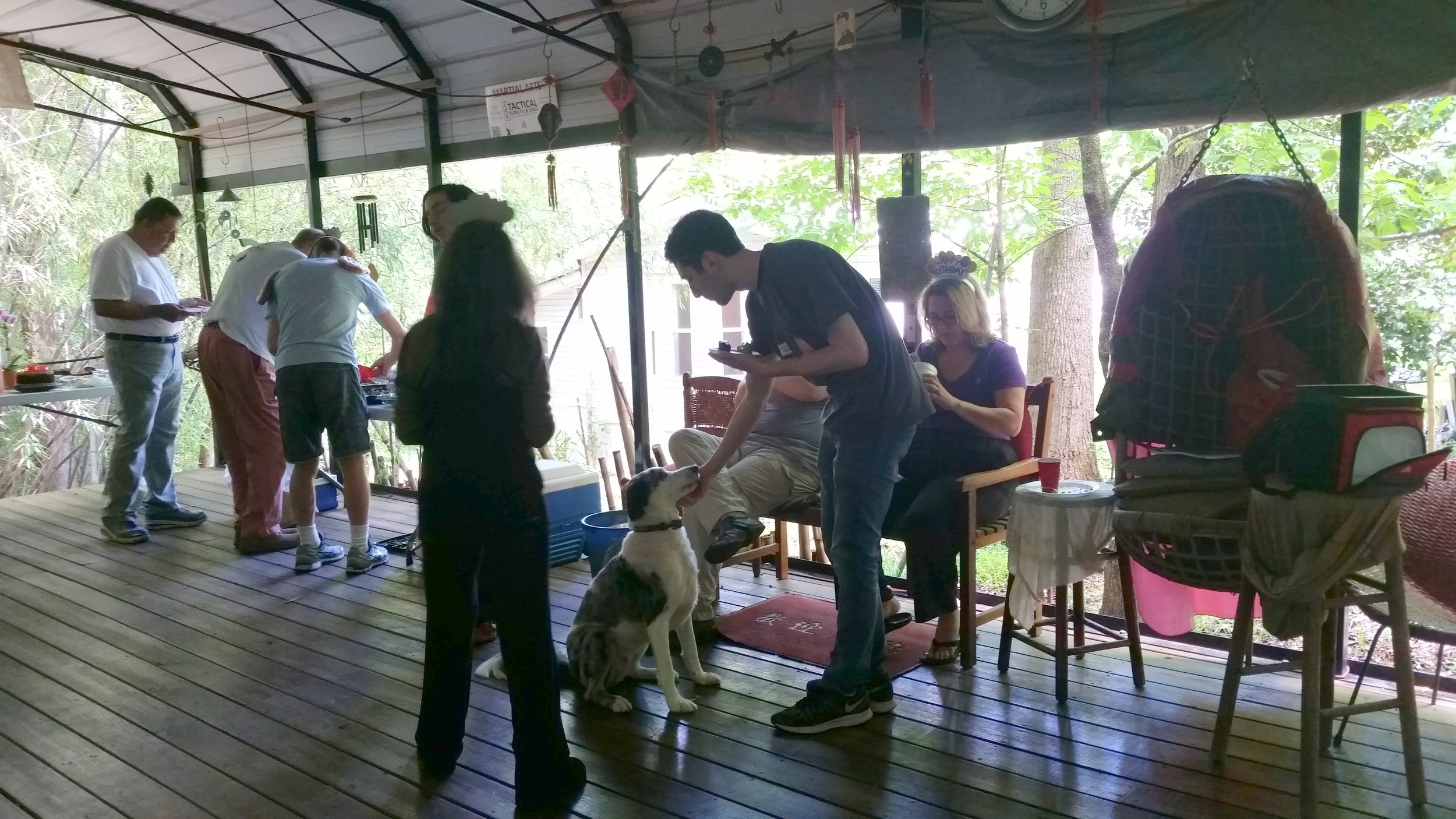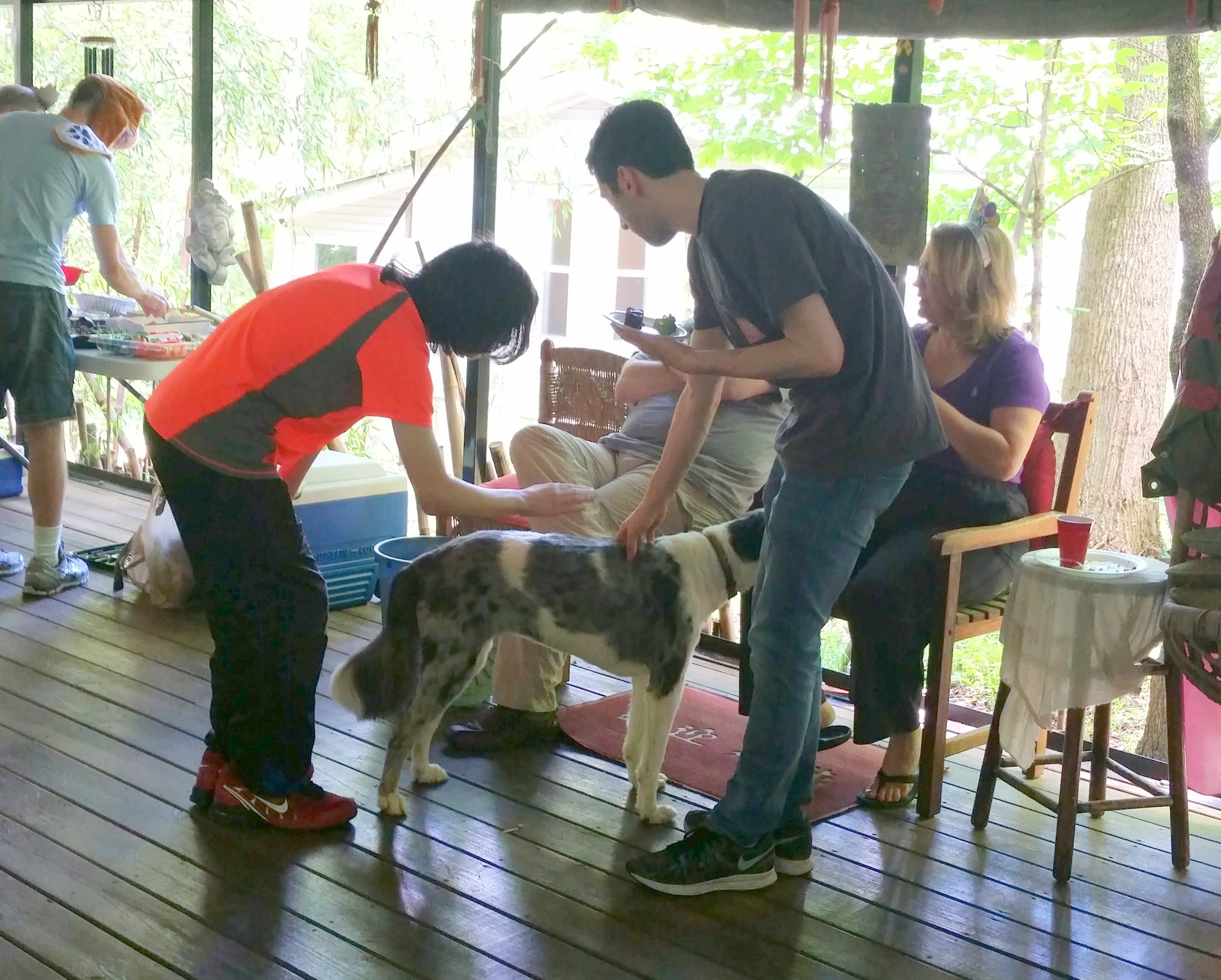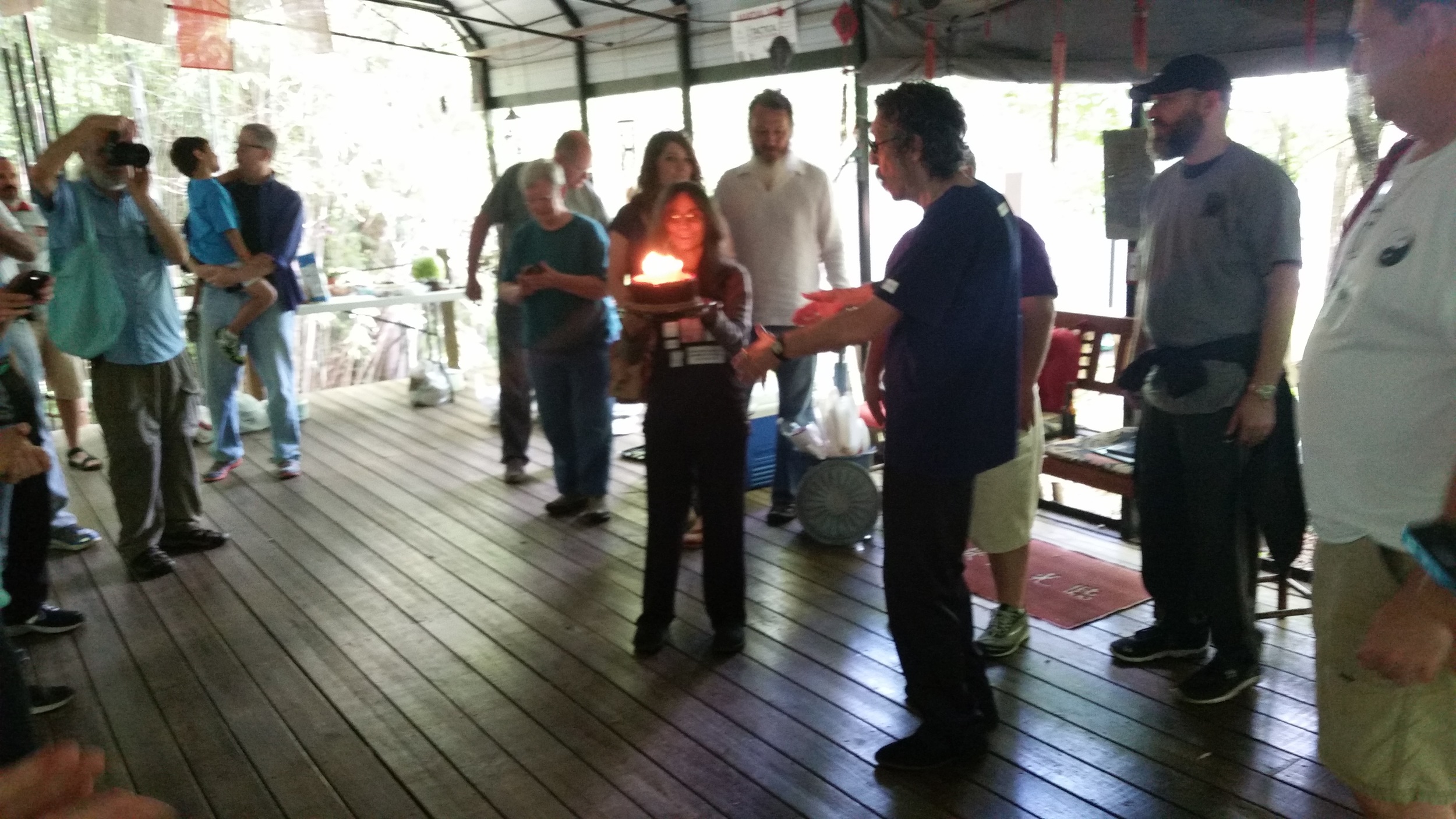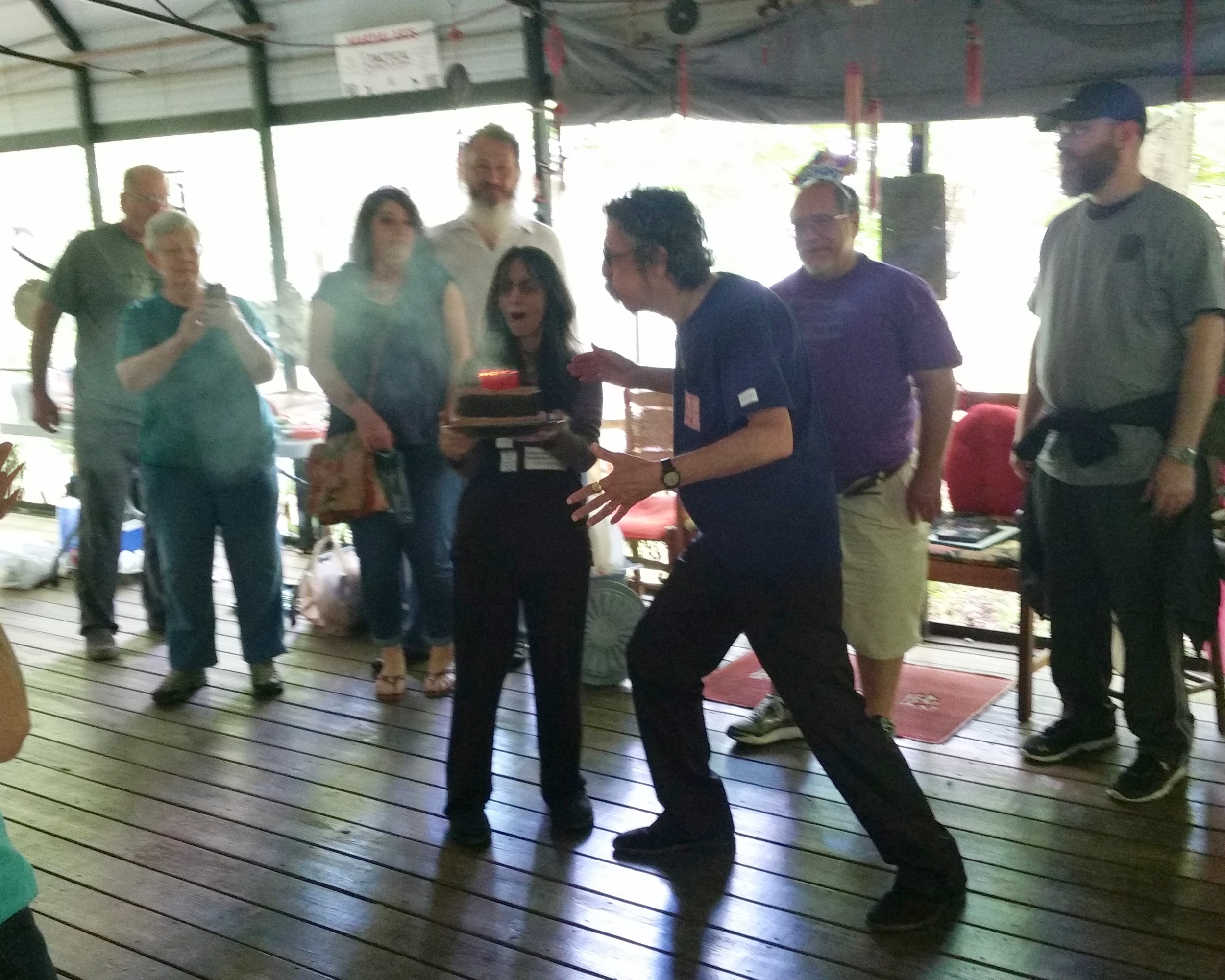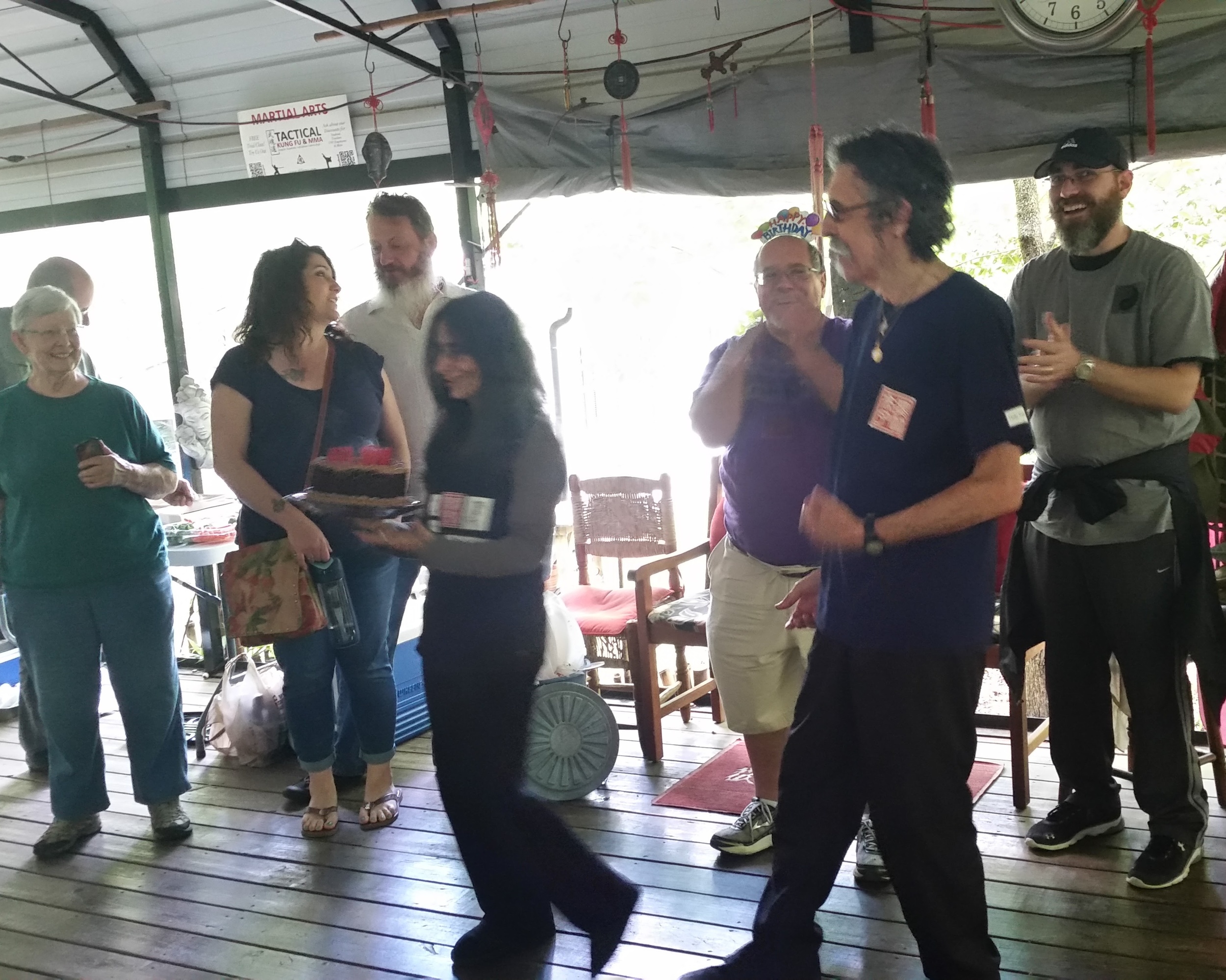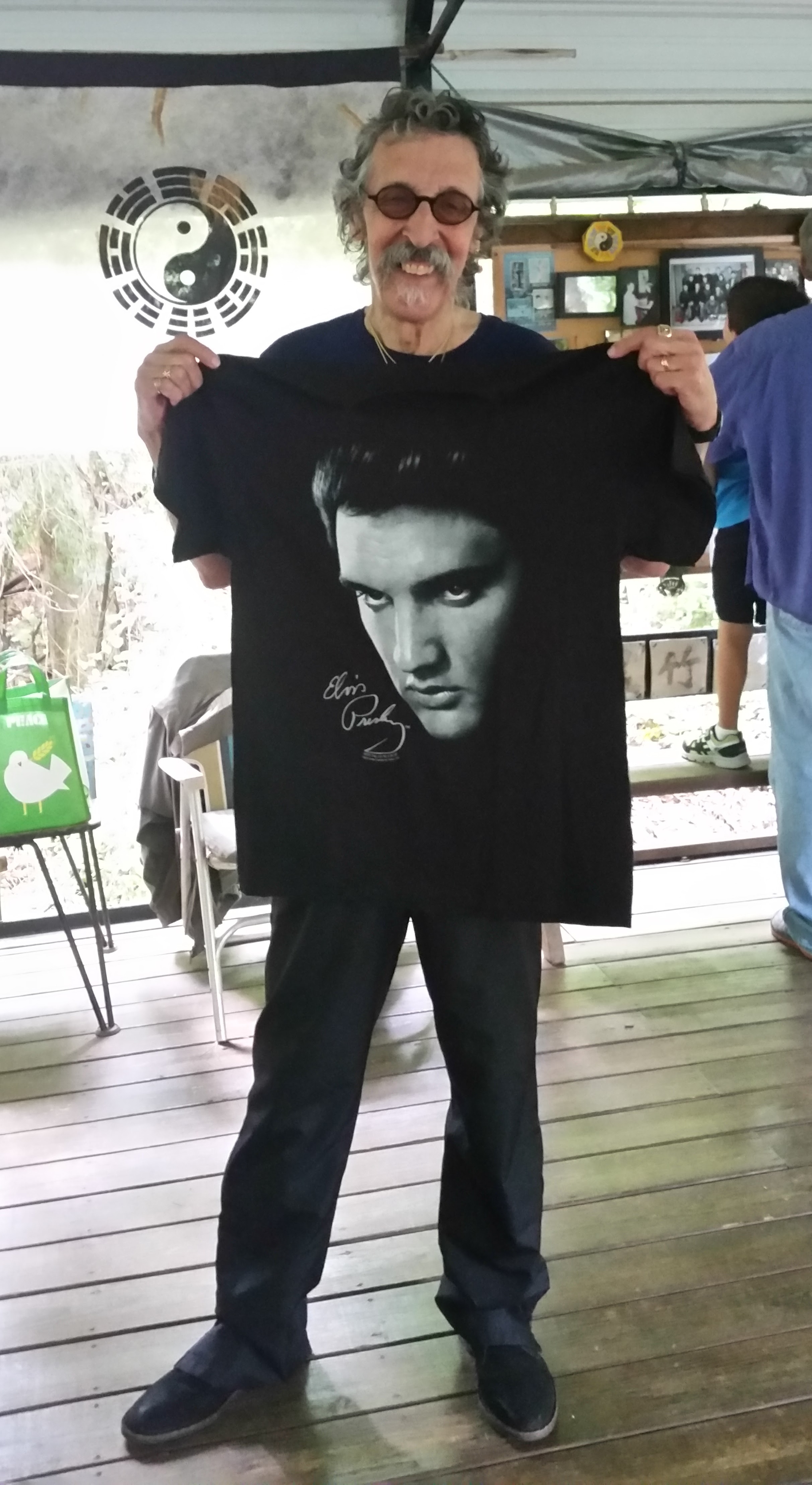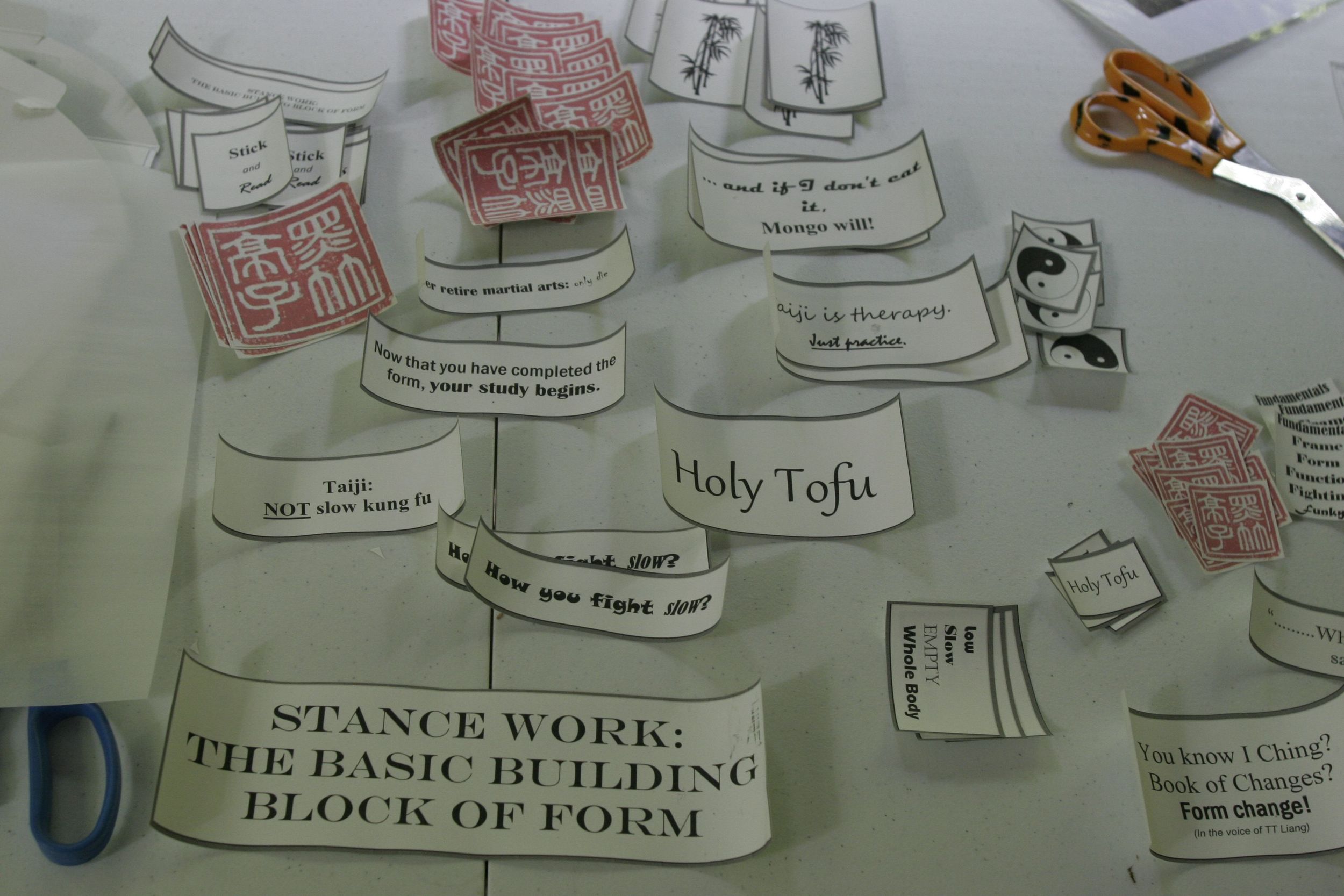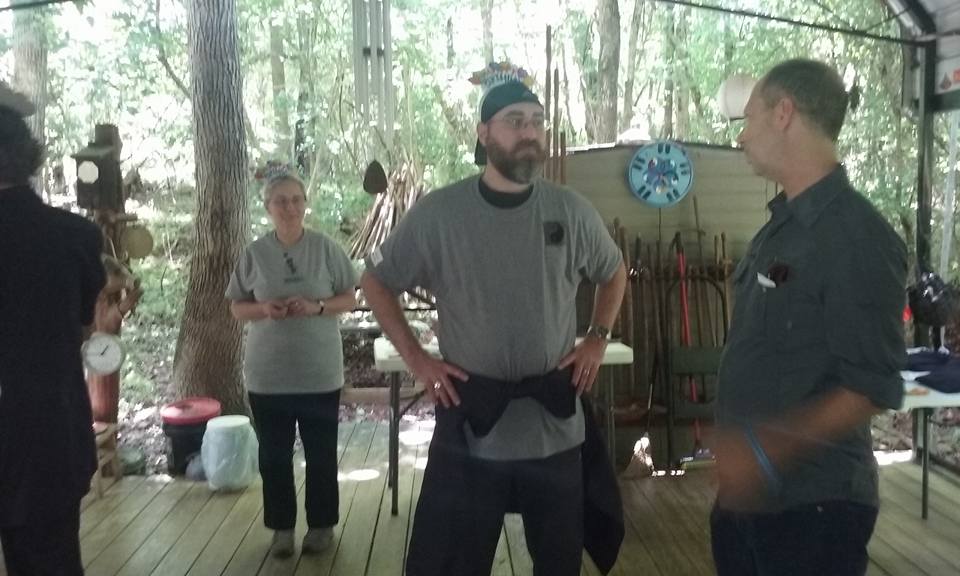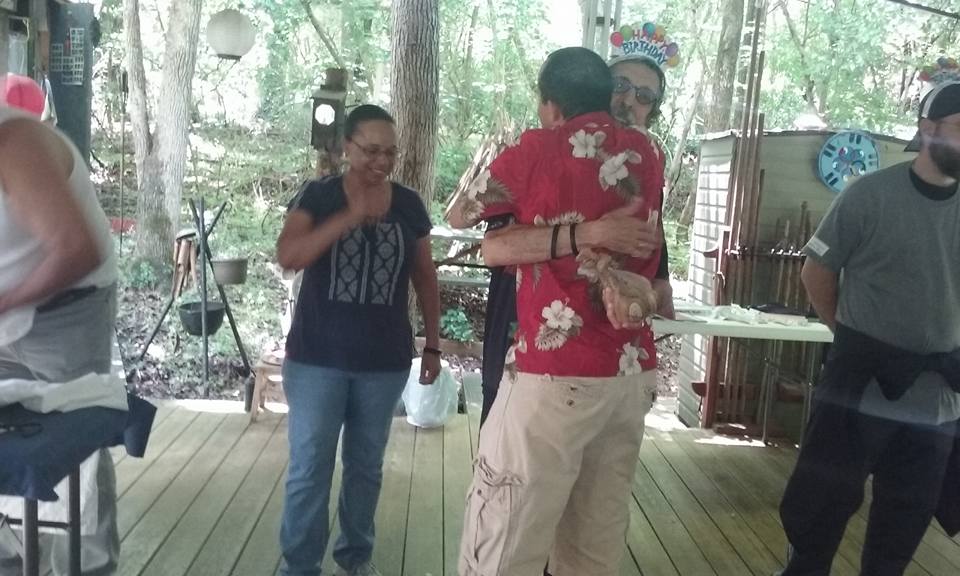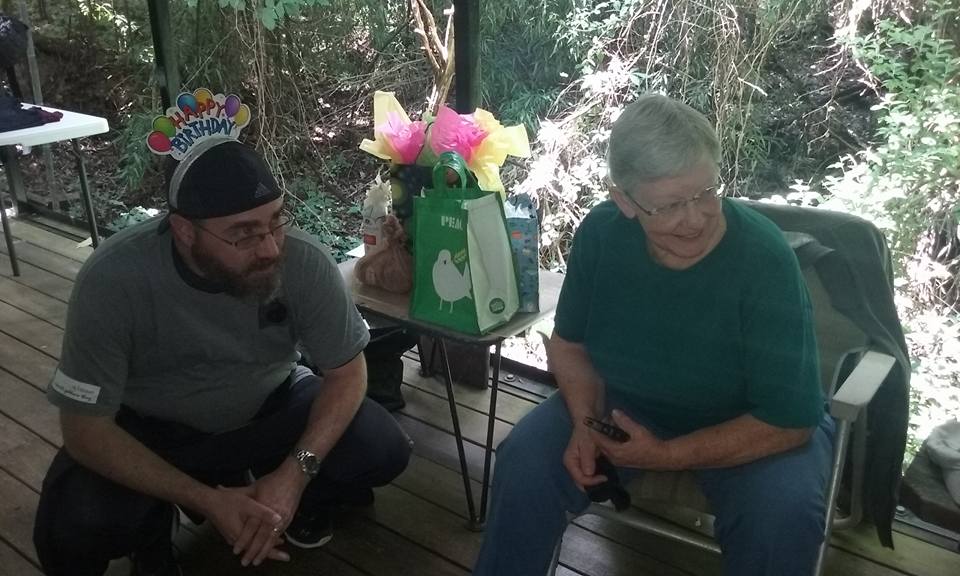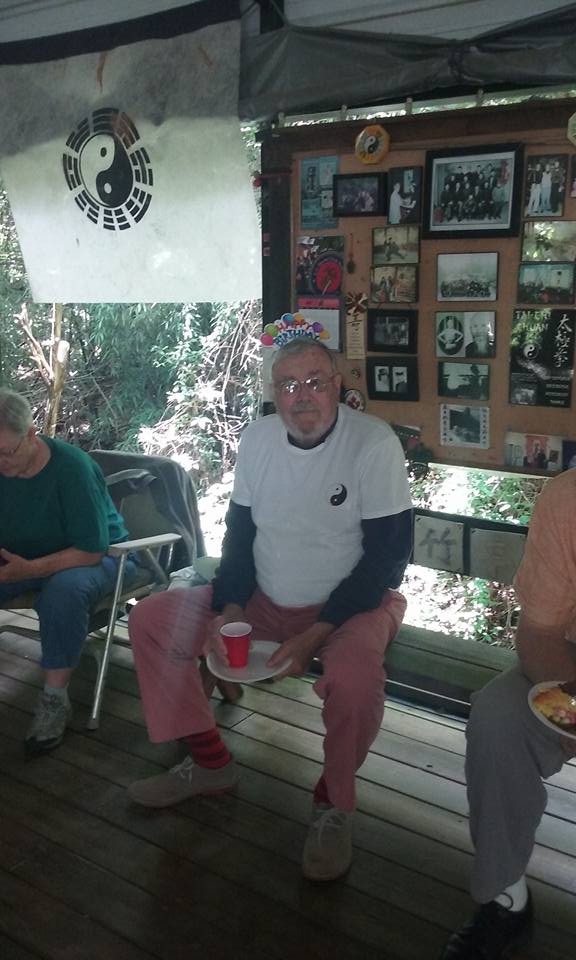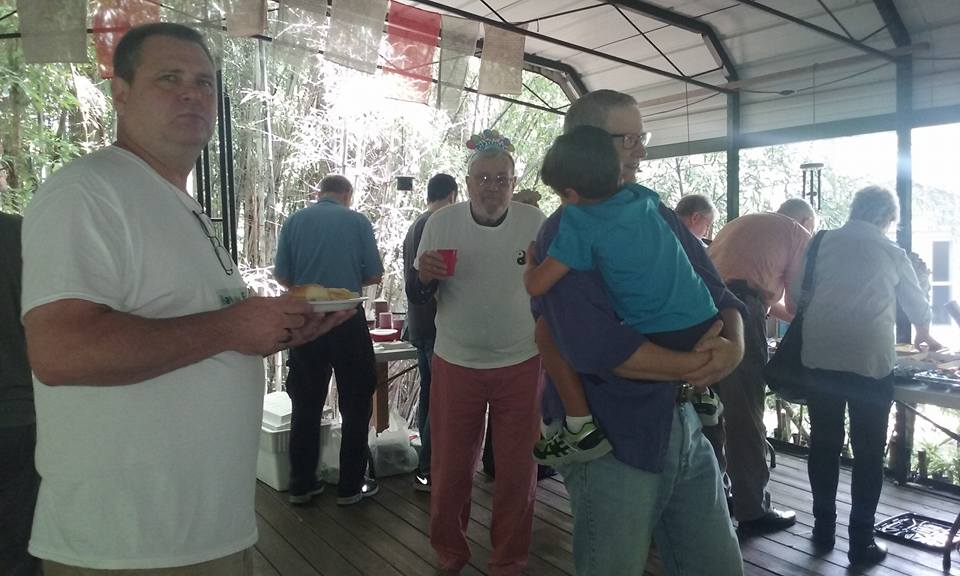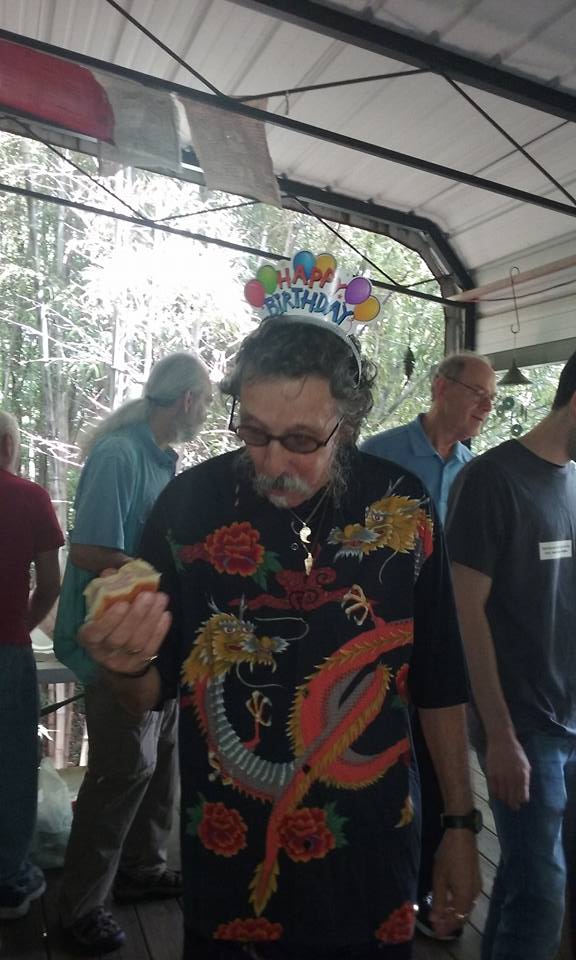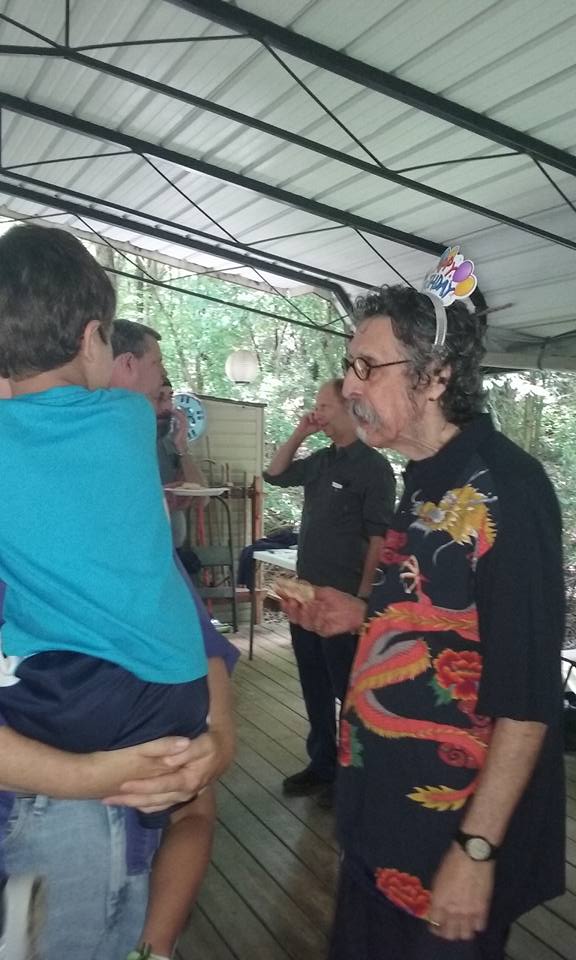Martial Art SASHES: Sashes in Black Bamboo Pavilion Taijiquan School (Part 2)
/In Part 1 on Martial Art Sashes (found by clicking here) I talked about where my knowledge of and ideas concerning the wearing of sashes originated from. To reiterate, it came from the Martial Art Folk School of "Grandfather" Ding Honkui on Snake Hill, Wuchang, Hubei, China. Of course, my understanding is restricted to that Folk School, and others associated with it. The primary reason for the adornment of sashes first and foremost is the honor, respect and deference paid to the long history and lineage of the place Martial Art holds in the fabric of the tapestry know as the Nation of Zhongguo (Middle Kingdom or China)!
To me the nature of the sash, it's color, material, size, and meaning is secondary to the time honored respect wearing it pays to the Art the wearer practices and tradition he or she trains under. Wrapping the sash also represents a symbolic "binding" of the dantian and power of Qi!
Additional to this over-arching purpose, in Hei Zhou Tingzi Taijiquan Jia (Black Bamboo Pavilion Taijiquan School) there is a special significance to the colors represented; Green, Red, Brown (for a more detailed explanation of where these colors originated, and a thoroughgoing review of a Sash System go to www.magictortoise.com and click on "Advancement Program" link). As outlined in Part 1, the original idea of students choosing their own sash was exchanged for a more systematic system: Green indicating a commitment to study, train, practice and complete the Taijiquan Form of Wudangshan Yibailingba Taijiquan, Red representing the completion of the basic level of posture sequence linkage.
In order to achieve Red Sash standing, Form construction has to be there and its demonstration "recognizable." In other words, a student must be able to perform the form solo, from beginning to end without break and with each posture being recognizable. The perseverance to reach this point takes a commitment of several years, and it is a very big and important milestone in anyone's training. But, it is just the beginning of a lifetime of practice! This is the time the all important practice to lock in the floor plan of the Memory Palace and the focus of adding to FORM the equally supportive components of FUNDAMENTALS and FUNCTION ... begins!
The beginning student purchases the green sash to show his/her commitment and is later presented the red sash to show our respect and deep appreciation for their success.
When a student can perform the whole Form without conscious effort to remember sequence, sections, etc., and can focus on the Fundamental principles as well as continuing to progress with martial applications and Function (not to mention answering any question thrown out at class by The Ma), then they can choose whatever color sash, belt, cumberbund or other dantian binding apparatus that suits their fancy! It will still represent honor, respect, and deference to the Martial Art... (Violet won't be testing for that belt anytime soon - scary! ;-) 幽 默 (humor)


